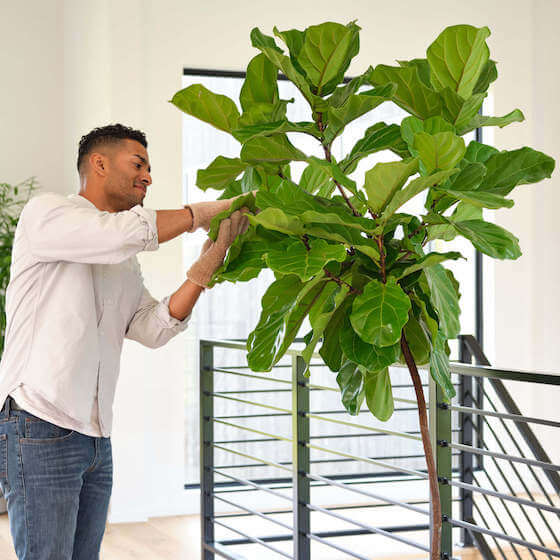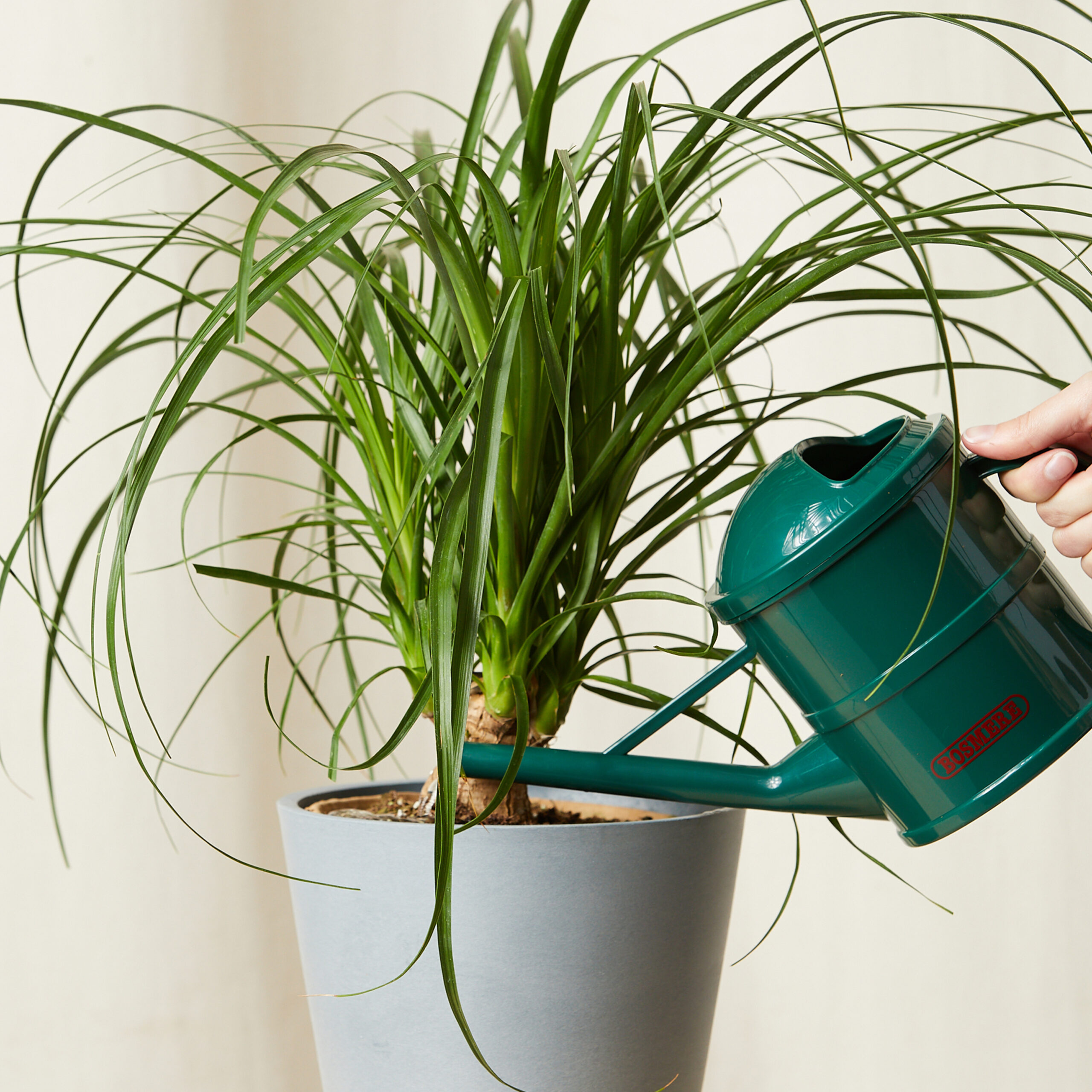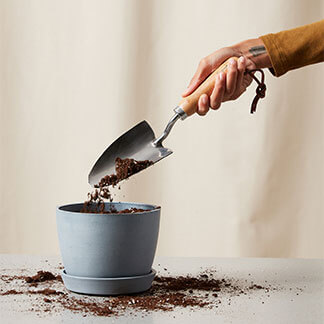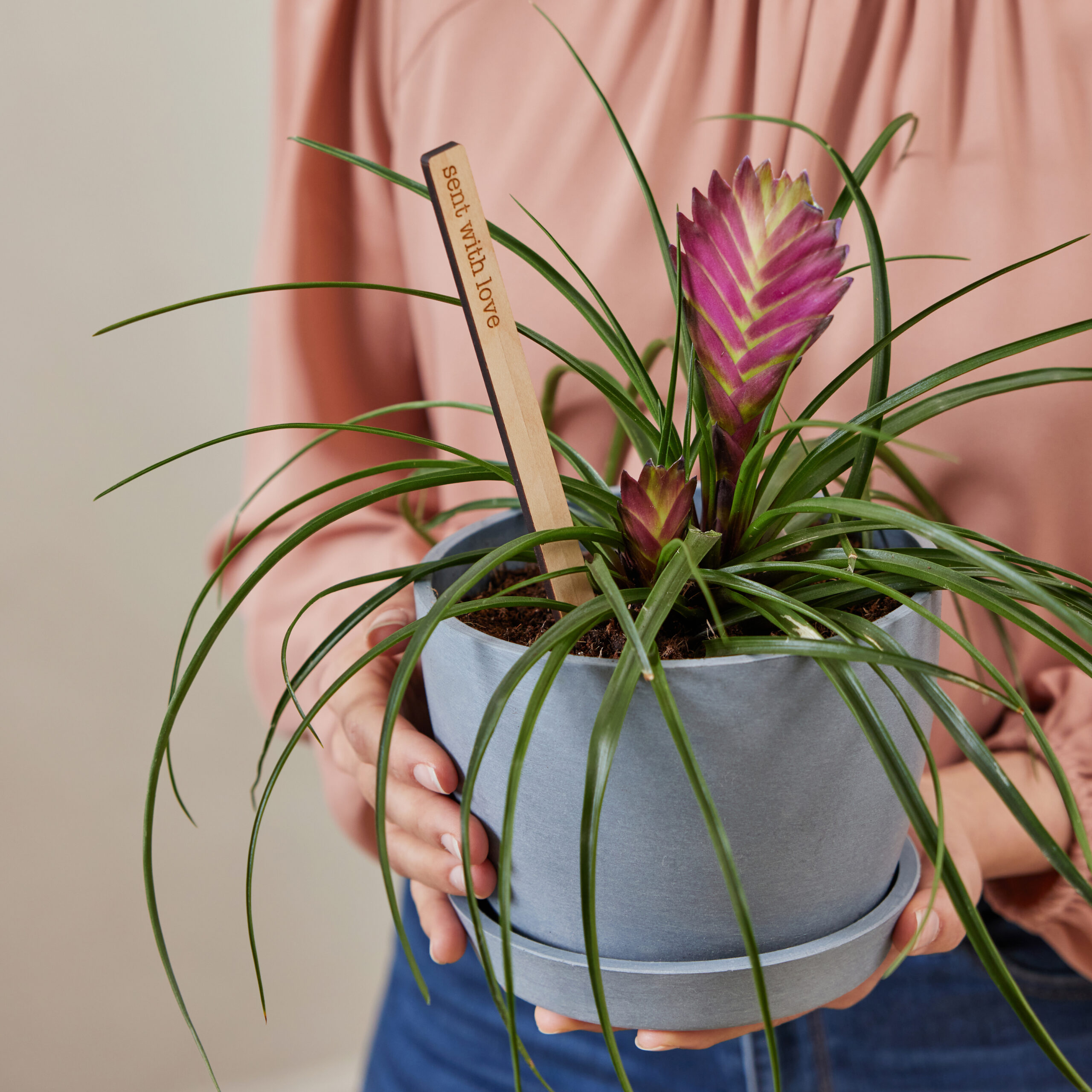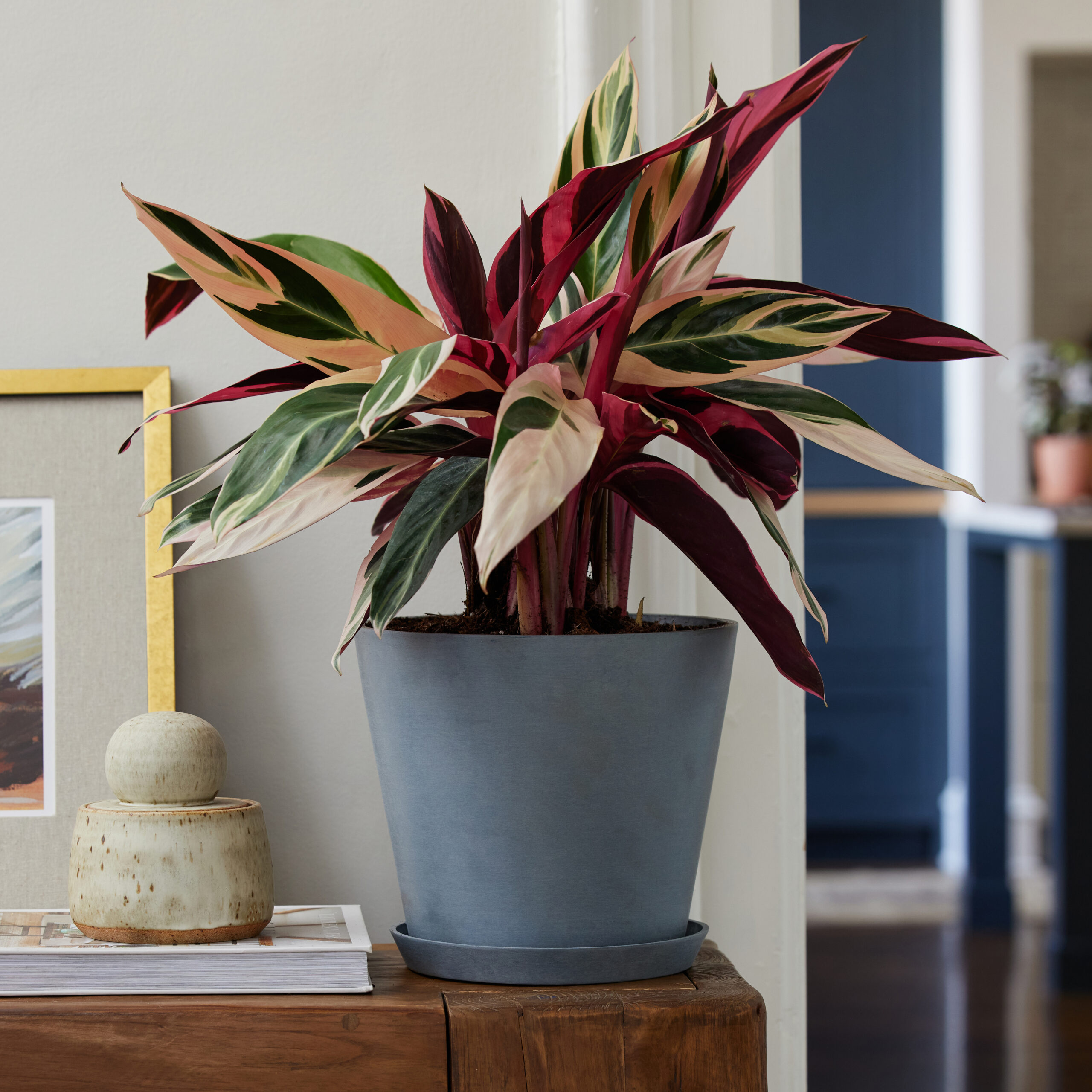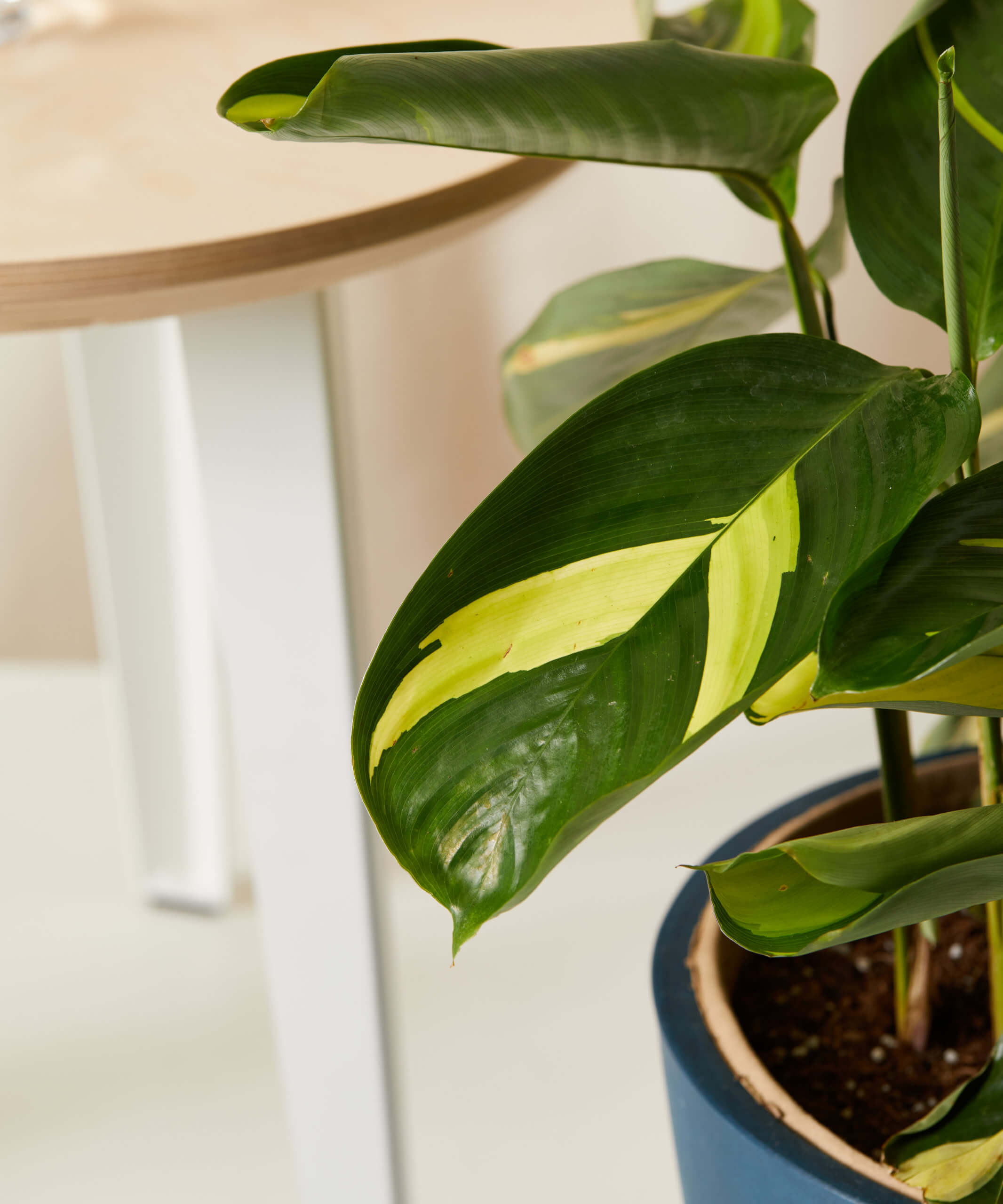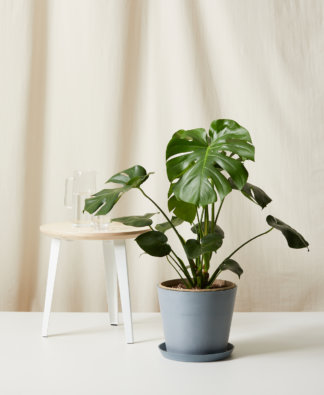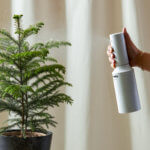How to care for your Ctenanthe
Use these instructions to care for a Ctenanthe. This guide will tell you how to water a Ctenanthe; its light, temperature, humidity preferences and any additional care it might need to help it grow.
Ctenanthe Lubbersiana
Your Ctenanthe enjoys basking in medium to bright indirect light. So a north or east-facing window offers the ideal spot since the sun’s rays aren’t as intense. You can also place your Ctenanthe Plant a few yards away from a south or west-facing window to avoid direct sunlight while ensuring adequate exposure. Do not place this plant in direct sunlight as the leaves will burn.
For best results, water your Ctenanthe when the top inch of soil is dry. This plant doesn’t care for soggy soil, so you need to empty saucers or drip trays. This is not a drought-tolerant indoor plant, but it is relatively forgiving if you forget to water it from time to time. Extended periods of dryness can result in brown leaf tips or edges.
Like many tropical indoor plants, your Ctenanthe prefers a spot with ample humidity. If leaf edges begin to curl or brown up, mist them with lukewarm water on a regular basis. Your bathroom or kitchen are perfect spots for your Ctenanthe because these areas tend to be more humid.
Ctenanthes enjoy the warmth and prefer temperatures between 65-85 degrees. Avoid cold drafts and sudden temperature changes.
For best results, use a general houseplant fertilizer diluted at half strength every four weeks during the spring and summer. No fertilizer is necessary during winter when plant growth naturally slows.
Ctenanthes are considered to be non-toxic.
If you notice a tip or edge burn often with a yellowish hue at the edge, especially on older leaves, it could be due to your tap water. To solve this, allow your tap water to stand overnight before watering so the chlorine and fluoride can evaporate. Remove any yellow leaves to keep your plant strong and growing. Do not use any shine products on the leaves, instead, clean leaves occasionally with a damp cloth.
Fishbone Prayer Plant
A Fishbone Prayer Plant will do best in medium to bright indirect light. Never allow this plant to stand in the direct sunlight–the leaves will fade and become scorched. If there is too little light, the new leaves will appear solid green.
Water your Prayer Plant when the top 25% of the soil is dry. Water until liquid flows through the drainage hole at the bottom of the pot and discard any water that has accumulated in the saucer.
Your Prayer Plant prefers a humid environment. Mist often.
Your Fishbone Prayer Plant enjoys the warmth–preferably between 65-85 degrees, so maintain indoor temperatures above 60 degrees. Avoid cold drafts and sudden temperature changes.
Feed once a month during the spring and summer with a liquid fertilizer for indoor plants.
Fishbone Prayer Plants are non-toxic and are safe for humans, cats, and dogs.
If you notice a tip or edge burn, often with a yellowish hue at the edge, it could be due to your tap water. To solve this, allow your tap water to stand overnight before watering so the chlorine and fluoride can evaporate. Alternative water choices are distilled or rainwater. Remove any yellow leaves to keep your plant strong and growing. If only a portion of the leaf is brown or yellow, go ahead and carefully trim off that portion of the leaf with a sharp pair of scissors or pruning shears.
